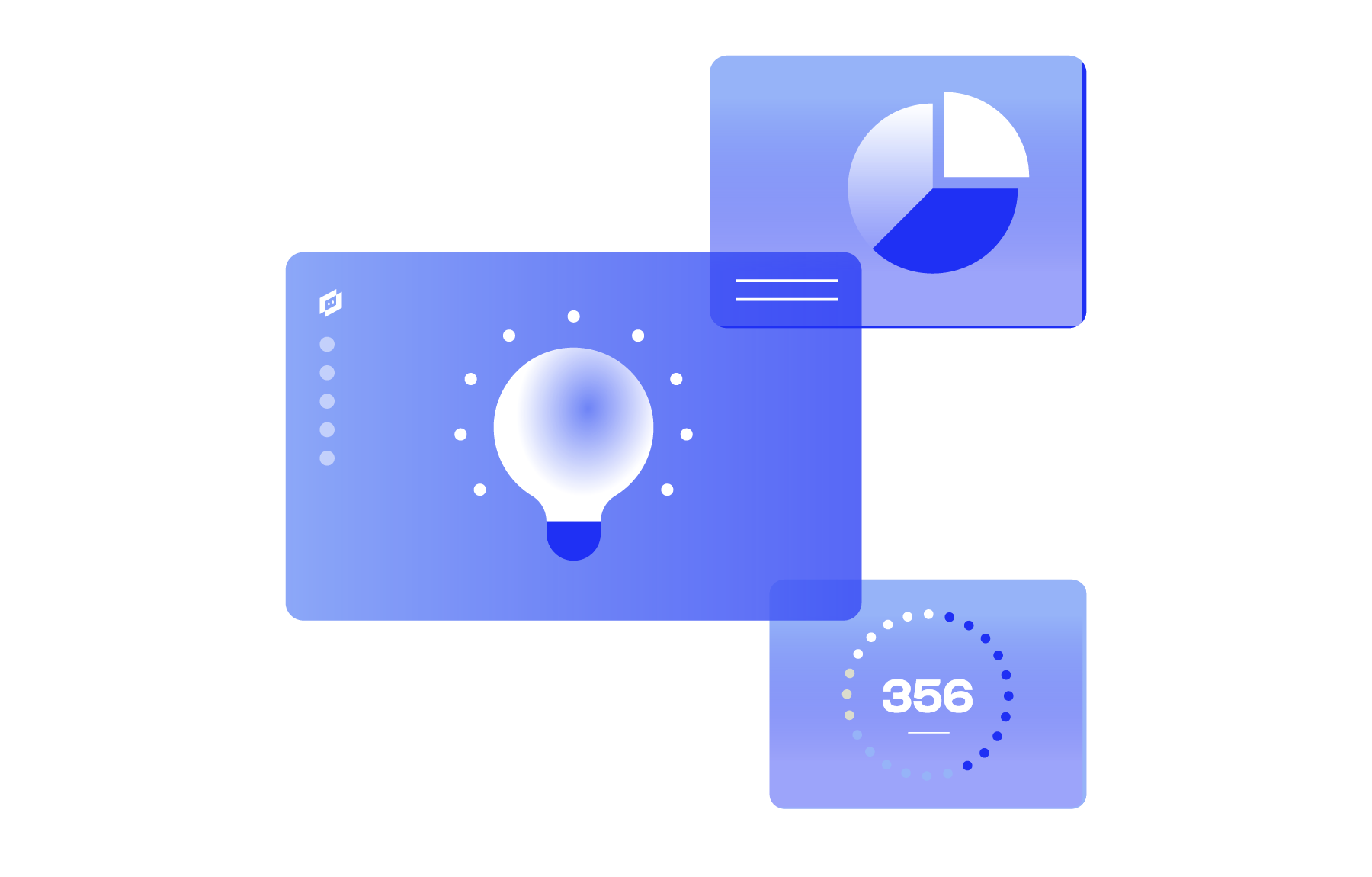Written by John Stimmel, Principal Cloud Specialist Account Executive, LogicMonitor
It’s common knowledge that Kubernetes (commonly referred to as “K8”s) container management and orchestration provide business value by enabling cloud-native agility and superior customer experiences. By their nature, the speed and agility of Kubernetes platforms come with complexity. The ephemeral create-and-destroy behavior of this infrastructure, which provides that agility, creates enormous amounts of metric data and log messages. This is often too much for most human teams to handle when big problems occur.
The troubleshooting nightmare
Let’s say your teams become aware of K8s pods continually restarting or are in a Kubernetes “Crash Loop.” Metrics tell you that the pods are crashing, and resource outages may be occurring that could affect pod health. But what if the cause is a “buggy” application? Conversely, and worse, is it causing critical application failures that affect end-users or customers and directly impact the business? Could the issue be hardware-related? The point is there are many points of failure.
In this situation, Ops teams and engineers switch between their monitoring tools and the log repository (or often ask another team to dig up the log data…and wait) and painstakingly comb through log messages line-by-line, looking for application errors or relevant info. They are comparing timestamps and trying to align time windows and client/server addresses with metric reports. This exhaustive process requires all hands on deck, including multiple senior engineers, line of business resources, directors, and often C-level executives. The time to detect and fix problems is drawn out over many hours, affecting revenue with each occurrence. Additionally, these activities will take a toll on team morale if unchecked.
The pitfalls of siloed monitoring tools
In the old days of monolithic applications, moving from one siloed monitoring tool to another to analyze events, logs, and metrics to find the root cause of service issues made troubleshooting extremely difficult*. Today, the siloed monitoring tool approach makes true observability nearly impossible in modern, cloud-native applications that are dynamic, ephemeral, and far more complex in their capabilities.
LogicMonitor’s end-to-end solution
LogicMonitor’s LM Envision platform utilizes layered intelligence to monitor cloud, K8s, and container metrics, logs, traces, and events with unified views and workflows. Ops teams can realize when there is a K8s failure and know if it’s affected by an application or network of infrastructure failure down to the specific error message. This information can be correlated in concise messaging so that teams know the “what” and the “why.”
Reducing Mean Time to Detect, Investigate, and Resolve
With LogicMonitor’s unified platform, the team can start resolving issues immediately – significantly reducing Mean Time to Detect (MTTD), Mean Time to Investigate (MTTI), and Mean Time to Resolve (MTTR) issues. Problems are isolated in just a few minutes so the cloud and operations teams can move to fix the issue immediately while accessing unified, relevant trending data to help forecast and analyze so they can move from being reactive to proactive and predictive.
From reactive to proactive and predictive
LogicMonitor’s Hybrid Observability powered by AI empowers teams to shift from firefighting mode to a more strategic, forward-thinking approach. By leveraging AI-driven insights and unified observability, organizations can resolve issues faster and anticipate and prevent potential problems before they impact the business. This proactive and predictive approach is essential for delivering the seamless digital experiences that customers expect in today’s fast-paced, cloud-native world.

